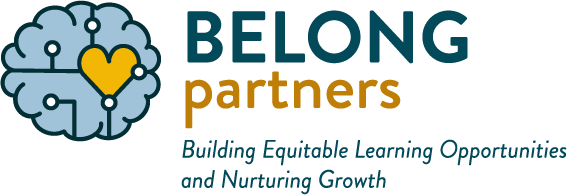When we can respond to students in ways that are both connected and firm, both adults and students benefit. But how do we do that?
Children need compassion and boundaries, connection and high expectations – at the same time. But many of us did not grow up with this model, or learn it in our teacher training. The good news is that this is something we can learn, practice, and get better at until it’s second nature.
Tips for Developing Firmness Tools
Find ways to build relationships with each child: Humans will do hard things for people we trust and feel connected to. In teaching, we are asking students regularly to do things that they find challenging. Neuroscientist Bruce Perry tells us in this helpful video that even mini moments of connection build the relationships that invite students to stretch.
Connect Before Correcting or Redirecting: Acknowledge that you see and understand the situation, while holding on to the boundaries. “I understand you are SO excited to go and play outside for recess AND we need to be safe. Show me how you can move in the hall safely.” The time spent being present for what is going on with the child before redirecting builds relationship and fosters cooperation. Behavior Interventionist Trenecsia Bellinger explains this concept in this short video.
Problem Solve and Make Agreements: Involve your students in finding solutions to classroom challenges and issues. If it is a challenge with one student, arrange for a one-on-one conversation and ask them for ideas. Agree to follow through on a solution you choose together. This short, animated video shows the problem-solving steps.
If it is a whole class problem, use the format of a class meeting to find a “helpful not hurtful” solution. Check back to be sure that the solution is implemented. If it does not work, come back to the group to adjust and to choose a new strategy.
Ask More Questions: Instead of telling kids what to do, ask them what needs to happen. “What does our class do before we begin? What is our agreement about sharing aloud?”
Follow Through: Keep the agreements you make with your students. Be supportive of the solutions your class tries, even if the solution is not one you may have come up with yourself. If it works well, keep it. Students will learn that they can trust you at your word. When you follow through consistently, they don’t spend their time trying to wear you down to change your mind.
Tone, facial expression, body language: Sometimes we think that to be taken seriously we need to have a stern look on our faces and use a harsh tone. We don’t. Even when the news is not what a student wants to hear, we can be fully present and use a soft expression and a gentle tone. “I care about you and I believe in you, and, the answer is still no. I understand that this is disappointing.”
